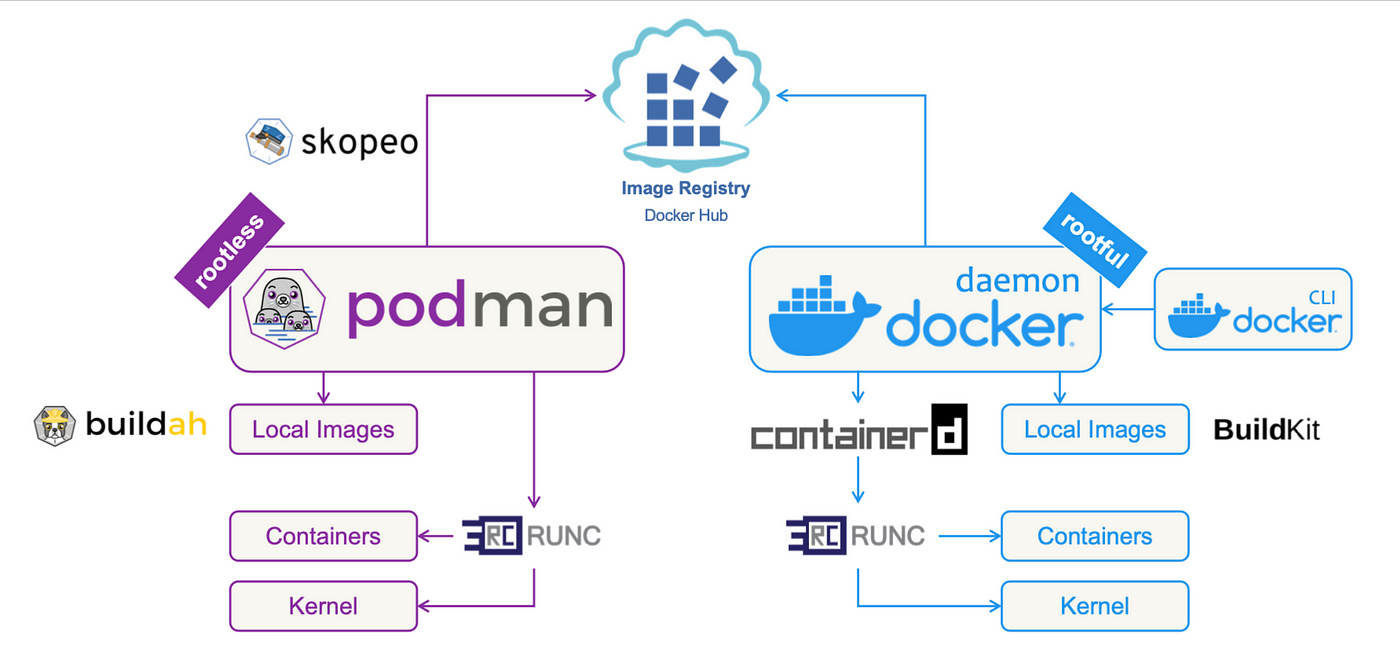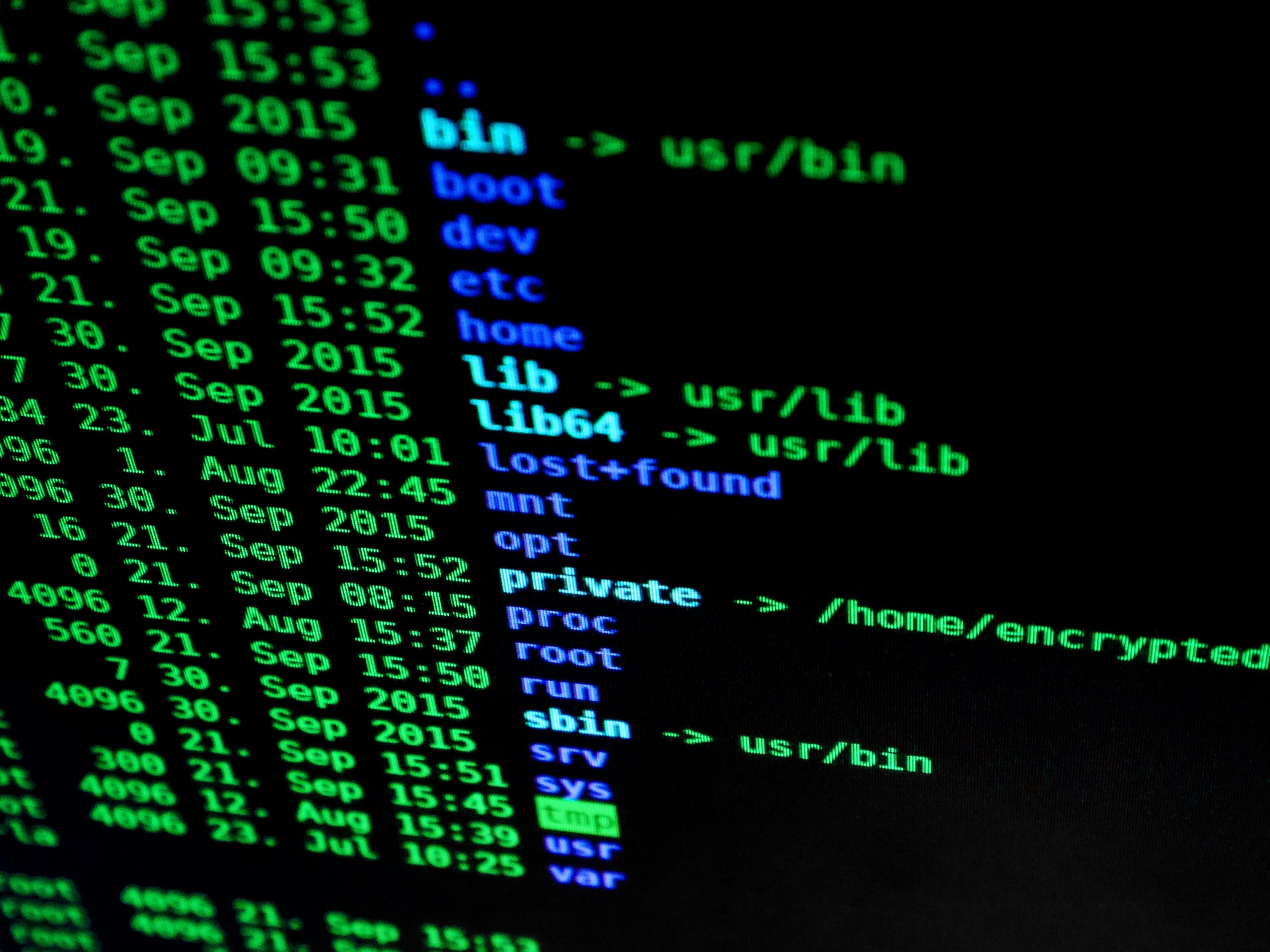Iptables is a powerful tool for managing firewall rules on Linux systems. In this article, we explore the essentials of iptables, including common firewall rules and commands.
Understanding Iptables
Iptables is a user will-space utility that you allows to configure firewall rules in the Linux kernel. It provides a way to filter network traffic based on a set of rules, allowing or denying specific connections.
Installing and Configuring Iptables
Before diving into rules, ensure Iptables is installed and properly configured on your system. Use the following commands:
sudo apt-get update
sudo apt-get install iptablesBasic Firewall Rules
When working with iptables, it’s important to understand some basic firewall rules. Here are a few common ones:
Allow Incoming SSH Connections
To allow connections to SSH your Linux server, you can use the following iptables rule:
iptables -A INPUT -p tcp --dport 22 -j ACCEPTAllow Incoming HTTP Connections
If you want to allow incoming HTTP connections to your web server, use the following rule:
iptables -A INPUT -p tcp --dport 80 -j ACCEPTDeny Incoming Connections
To deny all incoming connections by default, use the following rule:
iptables -A INPUT -j DROPCommon Iptables Commands
In addition to firewall rules, iptables provides several commands for managing your firewall configuration. Here are some commonly used ones:
List Current Rules
To view the current iptables rules, use the following command:
iptables -LClear Current Rules
If you want to remove all existing iptables rules, you can use the following command:
iptables -FSave Rules
To save your current iptables configuration, use the following command:
iptables-save > /etc/iptables4.rulesPractical Iptables Examples
Let’s reinforce our understanding with practical examples.
Allow Specific IP Address
sudo iptables -A INPUT -s 192.168.1.1 -j ACCEPTThis rule allows incoming connections only from the specified IP address.
Blocking a Single IP Address
To block a single IP address, you can use the following Iptables command:
sudo iptables -A INPUT -s 192.168.1.2 -j DROPThis command appends a rule to the INPUT chain, instructing Iptables to drop (block) all incoming traffic from the specified IP address (replace “192.168.1.2” with the actual IP you want to block).
Blocking a Range of IP Addresses
To block a range of IP addresses, you can use the CIDR notation. For example, to block the entire range from 192.168.1.0 to 192.168.1.255, you can use the following command:
sudo iptables -A INPUT -s 192.168.1.0/24 -j DROPThis command blocks all incoming traffic from IP addresses within the specified range.
Saving Changes
After adding rules, it’s essential to save the changes to make them persistent across reboots. Use the following command to save Iptables rules:
sudo service iptables saveChecking Iptables Rules
You can check the current Iptables rules using:
sudo iptables -LThis will display a list of all rules, including the ones you added.
Removing Rules
If you need to unblock an IP address or range, you can delete the corresponding rule using the following command:
sudo iptables -D INPUT -s 192.168.1.2 -j DROPLimiting Connection Attempts
sudo iptables -A INPUT -p tcp --dport 22 -m conntrack --ctstate NEW -m limit --limit 3/min -j ACCEPTLimiting SSH connection attempts helps thwart brute force attacks.
Best Practices for Using Iptables
When working with iptables, it important’s to follow some best practices to ensure the security and performance of your Linux system. Here are a few tips:
-
Use Descriptive Rule Names: When creating firewall rules, use descriptive names to make it easier to understand and manage your configuration.
-
Implement a Default Deny Policy: It’s recommended to implement a default deny policy for incoming connections and only allow specific services.
-
Regularly Review and Update Rules: Network requirements can change over time, so it’s essential to regularly review and update your iptables rules.
Conclusion
Iptables is a versatile tool for managing firewall rules on Linux systems. By understanding the basics of iptables and using common firewall rules and commands, you can enhance the security your and performance of system. Remember to follow best practices and regularly review your configuration to ensure it aligns with your current needs.
For more information, you can visit the official Iptables documentation




